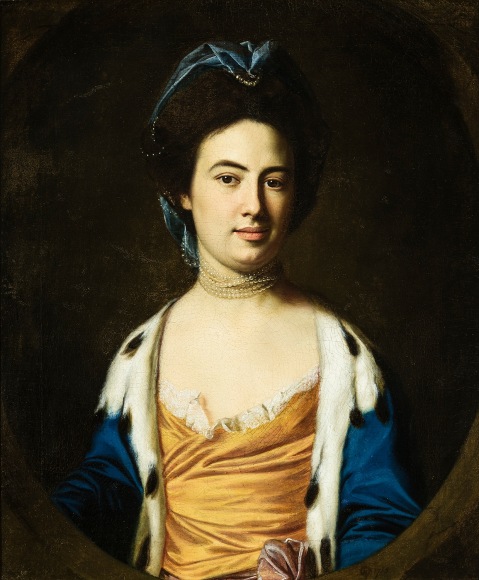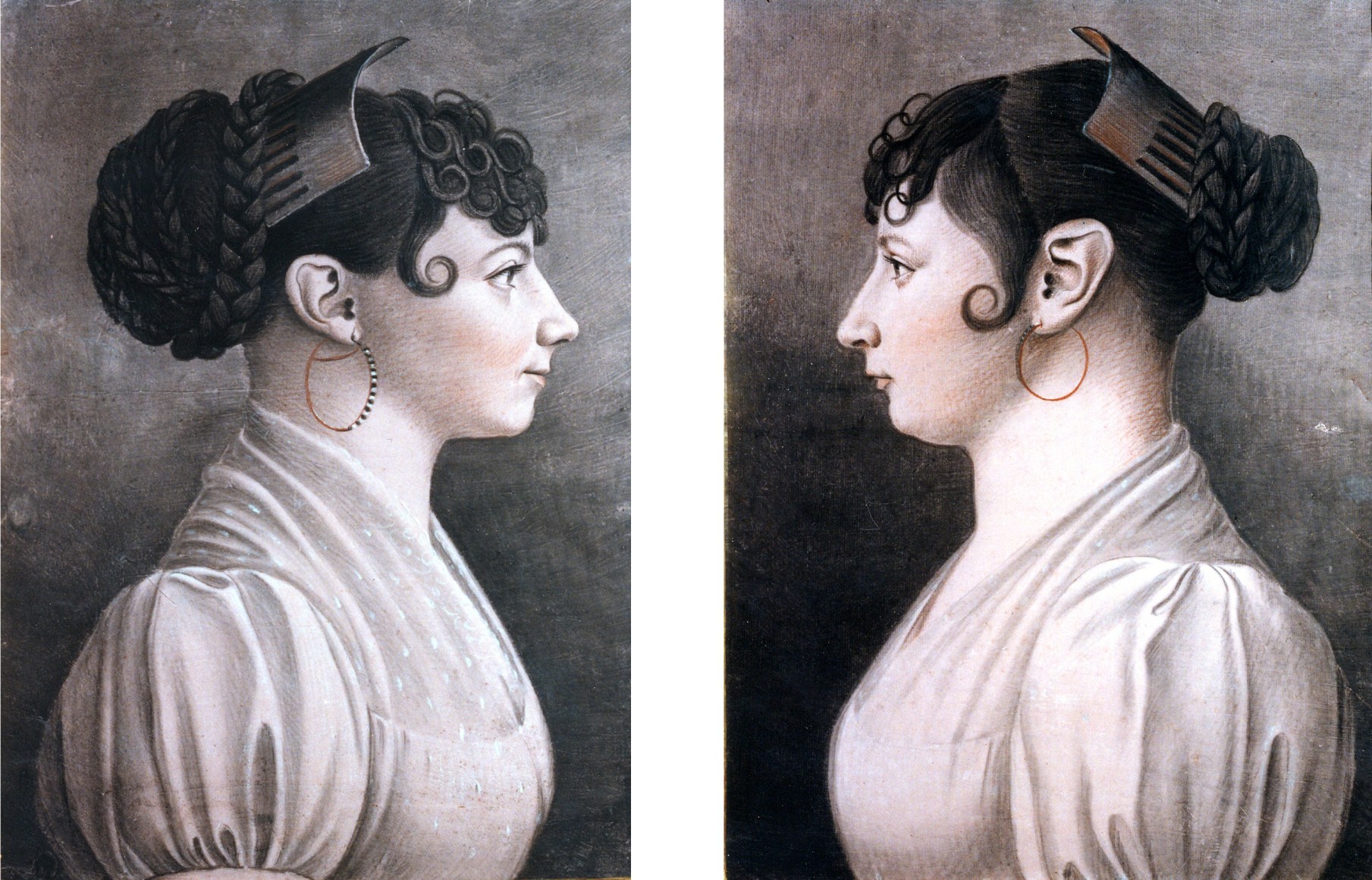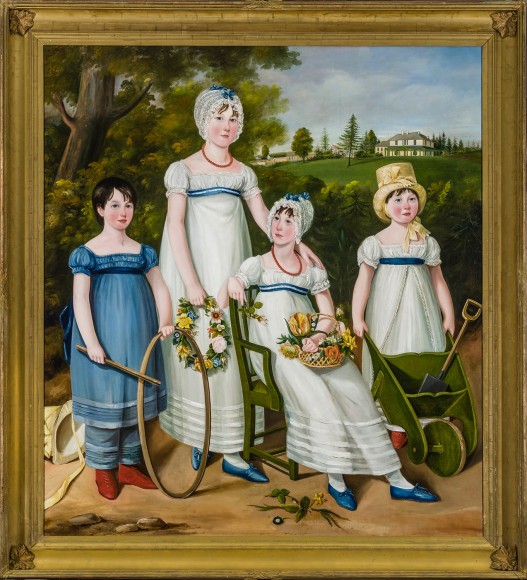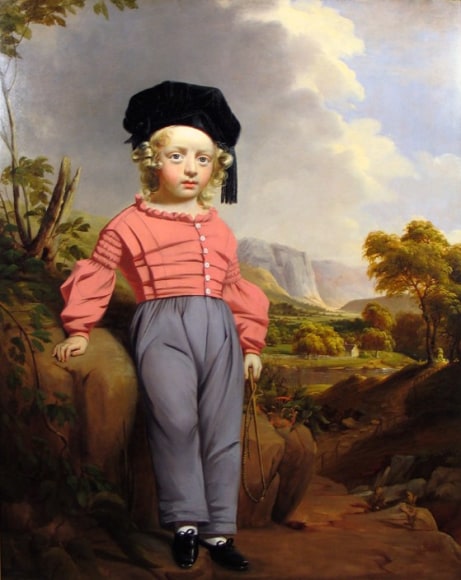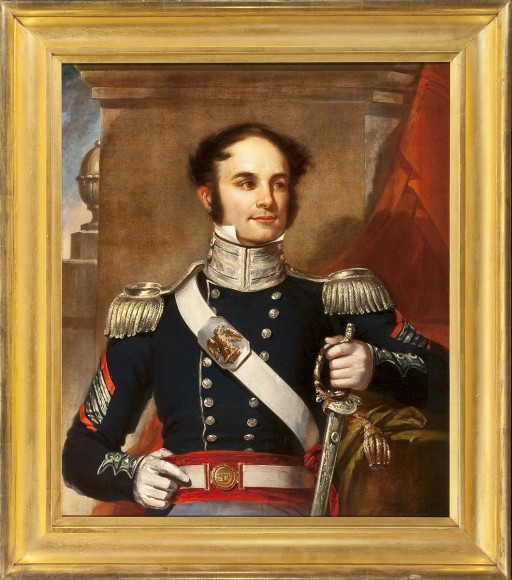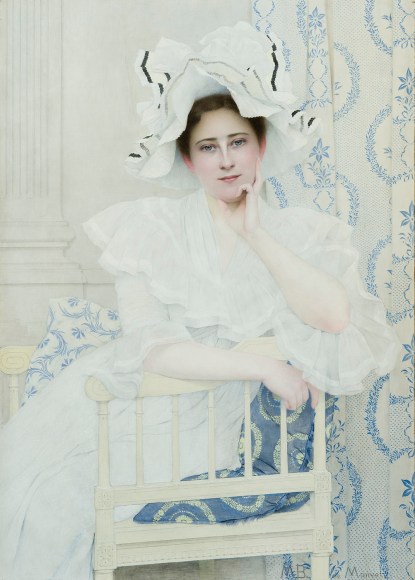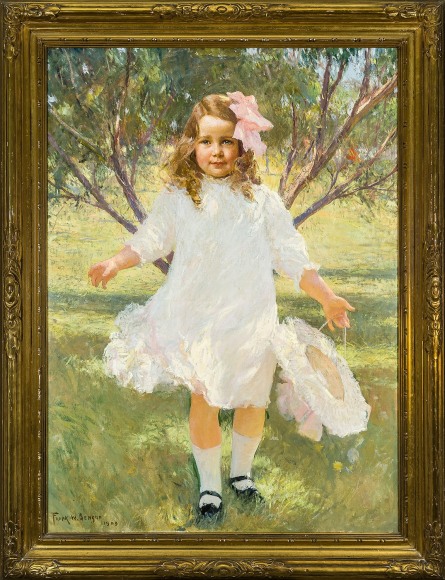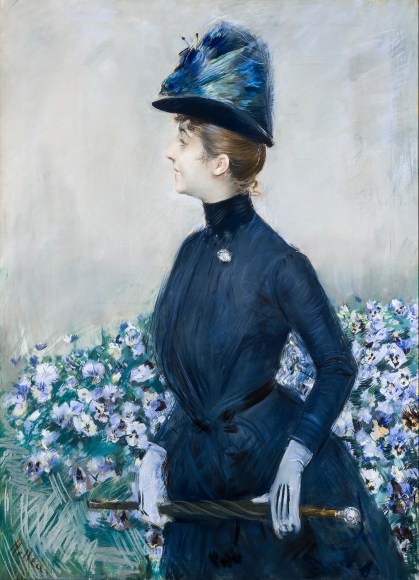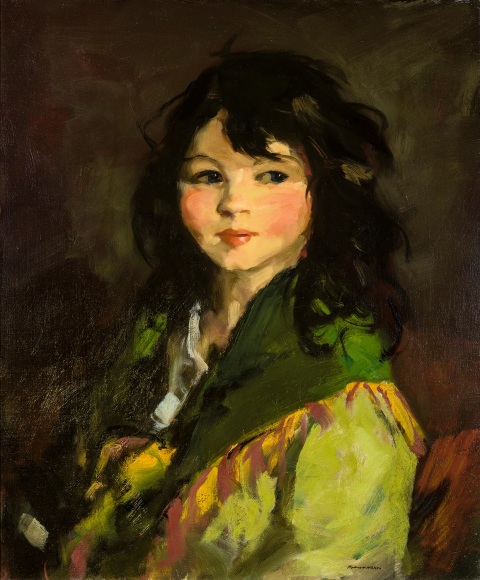Hirschl & Adler’s exhibition celebrating its imminent “change of address” in early 2018 explores fashion in American and European art from the 18th to the 20th centuries. On view will be works by John White Alexander, George Bellows, Maurice Boutet de Monvel, Mary Cassatt, John Singleton Copley, Paul Helleu, Robert Henri, Eastman Johnson, Reginald Marsh, Charles Wilson Peale, Fairfield Porter, Stone Roberts, Gilbert Stuart, Thomas Sully, and Hermann Winterhalter.
Clothing is identity. The way we dress conceals and reveals who we are, our place in society, how we are perceived, and how we wish to be perceived. Fashion in art informs us about the subject and the artist as well as the world they inhabit. This exhibition will explore themes of status as well as ideas about gender, costume, and exoticism. Clothing can suggest social standing, as in the Georgian frocks of a group of English schoolchildren, or even the subject's sensibilities, as in Paul Helleu's glamorous portrait of Parisian still-life artist Mathilda See enveloped in a cloud of periwinkle pansies.
Joseph Stella elicits a sense of mystery in his Lady with a Veil by partially obscuring her profile. George Bellows chose to dress his close friend Elizabeth Alexander in Spanish costume complete with black lace mantilla in the last portrait he ever painted. Master William Burroughs wears elaborate pantaloons and a ruffled collar in his 1835 portrait by William Hamilton, while the untrained folk artist Jonathan Budington indicates the genders of the two Cannon children not so much with their faces as with their attire. French profiles in pastel show aspirational bourgeoisie in their Sunday best, emulating the great aristocratic portraits of the era.
Clothing can also be highly symbolic, as in Thomas Gould's allegory, The West Wind. Here, the female figure is clad in a diaphanous skirt cinched with a belt of American stars. Gazing westward, an emblem of Manifest Destiny, the half-nude marmoreal figure speaks volumes about Victorian sentiment and the political agenda of mid-19th-century America.
Join us for a runway show of high fashion captured in the art of centuries past.
***
Hirschl & Adler Galleries is open Tuesday through Friday from 9:30 a.m. to 5:15 p.m. and Saturdays from 9:30 a.m. to 4:45 p.m., or by appointment. For additional information on this exhibition, please contact the exhibition’s curator, Debra G. Wieder, at debraw@hirschlandadler.com or by phone at 212-535-8810.

